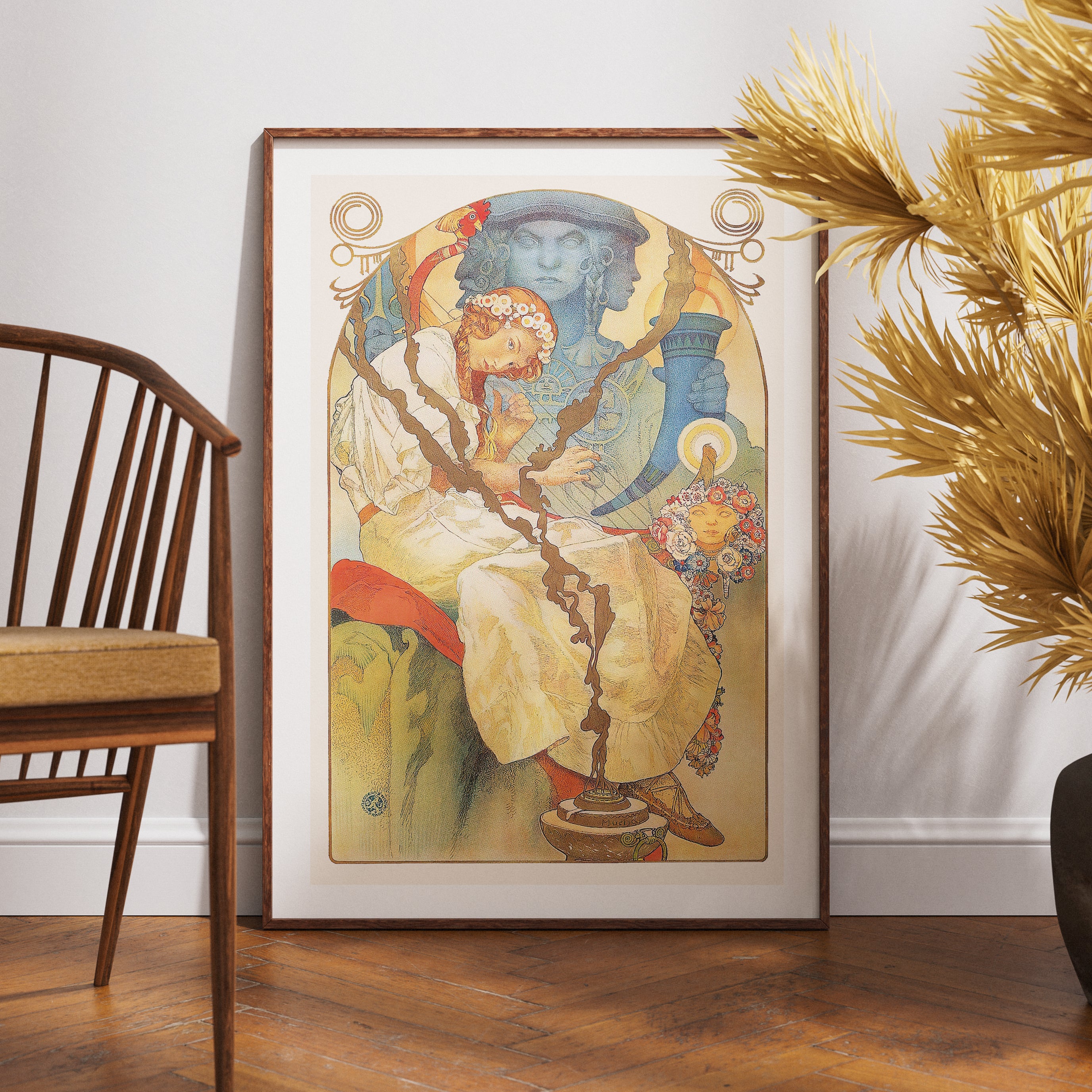The Quiet Resistance of Reijer Stolk
In a world that often favours noise, Reijer Stolk’s resistance was quiet, deliberate, and razor-sharp.
Stolk was a Dutch graphic artist and thinker whose work thrived in the early 20th century - a time of immense artistic change and rising political unrest. Born in 1896, his career unfolded during the interwar period and into World War II. While his name may not appear on official blacklists, his art stands firmly among those that challenged oppressive ideologies - and paid the price in silence.

Art as Ideology
Stolk’s designs are bold and modern, often featuring stylised figures, animals, and anatomical forms. But beneath the surface lies a deep ideological thread. He was part of a generation of artists whose work leaned towards social commentary - engaging with themes of protection, humanity, and the tension between order and freedom.
In particular, his involvement with groups like the Dutch Society for the Protection of Animals and his ceremonial illustrations evoke a world of symbolic resistance. Art was never just decoration for Stolk, it was a medium of meaning.
Censorship Without Bans
So why include Stolk in a collection focused on banned and censored art?
Because censorship isn’t always loud. Sometimes it whispers.
Under the Nazi occupation of the Netherlands, artistic expression was tightly controlled. Modernist aesthetics, particularly those tied to socialist or humanist ideals, were discouraged or dismissed as “degenerate.” Stolk’s modernism and quiet defiance were incompatible with authoritarian narratives. While he may not have been exiled or jailed, his voice, like many others, was pushed to the margins of art history.
He died in 1945, the same year the war ended. His work, though deeply influential, was largely forgotten in mainstream accounts of 20th-century European art.

Why Cynefn Remembers
At Cynefn, we believe in restoring erased voices - not just those shouted down, but those slowly buried. Reijer Stolk’s art may not come with the drama of public censorship, but it carries the quiet weight of cultural exclusion.
His work stood, silently and powerfully, against forces that sought to flatten art into propaganda. And that, too, is resistance.





